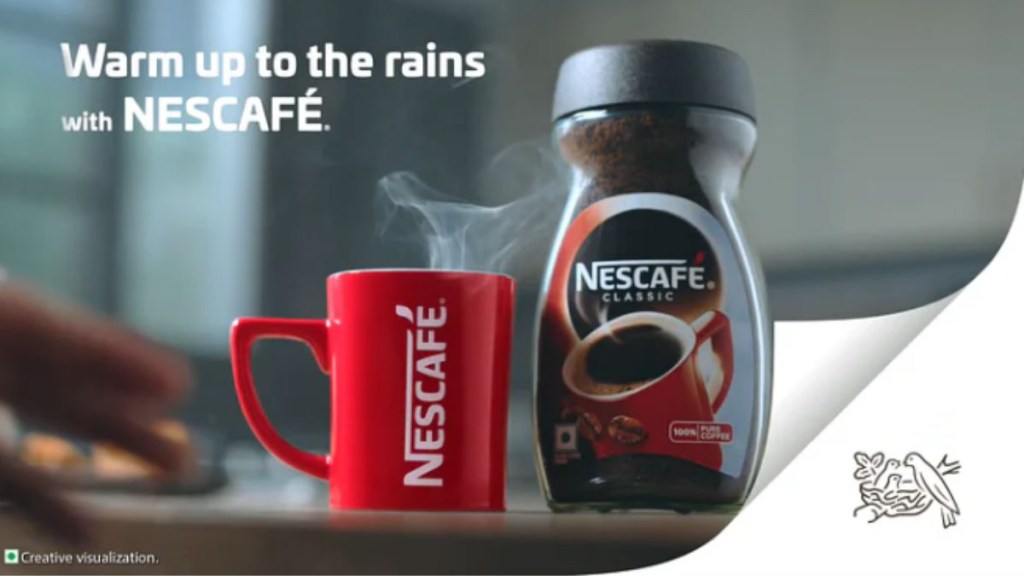Do seemingly insignificant noises like fingernail tapping on wood cause a tingling sensation in your head? Or perhaps the grind and whirl of an espresso machine releases mood-boosting dopamine into the brain area? If so, you may be open to ASMR, or automated sensory meridian response, which refers to a feeling of relaxing or pleasurable sensations in response to certain visual or auditory triggers.
And that seems to be the new frontier for marketers to conquer. So you now have a plethora of ASMR videos on the internet — by some accounts there has been a 70% jump on YouTube alone last year — that allow viewers to consider a product’s sensory qualities rather than just its functional ones. Brand across categories are leveraging this tool in their commercials. Take the eight episode series ‘Chayari’ by Society Tea based on ASMR, which gave the brand a five-fold growth in reach and engagement, says the company.
Some marketers say such content pieces help brands connect more deeply with consumers. They cite a recent YouTube research that shows that Gen Z consumers switch on long-form ASMR videos while doing their day-to-day tasks. “There is so much paid marketing today and consumers are constantly bombarded with ads.
Attention-grabbing advertising always helps improve clickthroughs, increases engagement, and makes it more shareable. ASMR videos do just that,” says Priyanshi Shah, creative director (west), FoxyMoron, Zoo Media. The agency created Schwarzkopf Professional’s ‘Hair is Limitless’ campaign that leveraged ASMR to simplify the pronunciation of the word ‘Schwarzkopf’ for Indian audiences, using only sounds commonly heard in a salon. In the recent past, Nescafe Classic incorporated ASMR triggers and used a variety of sound effects including rainfall, boiling water and milk, spoon against a ceramic cup, and even whispering to catch the attention of viewers; in a 30-second film by Nilon, viewers could hear the sharpness of a knife on a chopping board, spices crackling in a wok, a blender whizzing, sizzling snacks and sweets frying up. Other brands including Swiggy, Vistara and Skoda India have also leveraged the power of ASMR.
Cracking the code
Kiran Giradkar, CMO, Nilon, says ASMR videos give an additional dimension to connect with consumers. Django Digital, the agency behind Nilon and Society Tea campaigns, has observed that ASMR videos are more effective than 3D visuals. “Consumption of ASMR content has proven to create a desire among consumers. It has helped brands achieve their sales objectives,” says Shivang Shah, co-founder, Django Digital.
Creating ASMR content has its own set of challenges. Often brands fail to note that monotony kicks in if the same set of sounds is repeated so one needs to ensure that the video is not too long. Then comes the quality of sound. Shah of FoxyMoron says matching the optics to acoustics is key. “To figure out what is the right balance to make the end product relaxing and not jarring is challenging; the volume of each sound layer and how it all comes together is something that should be closely monitored.”

